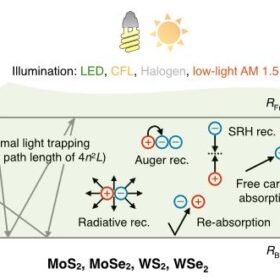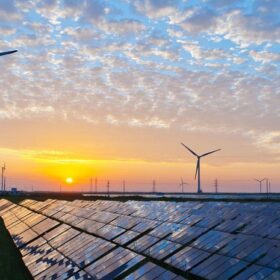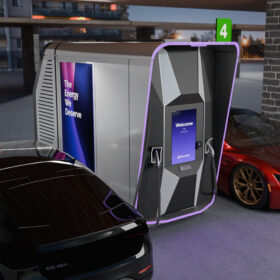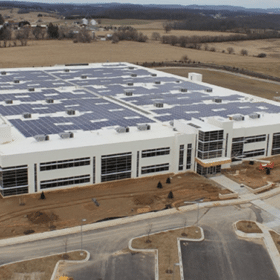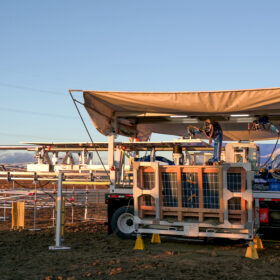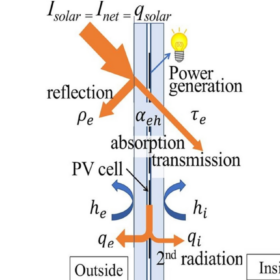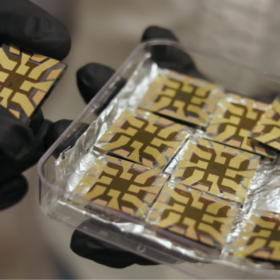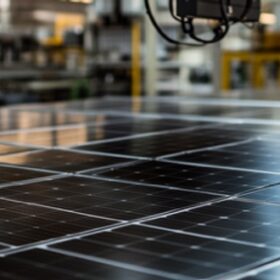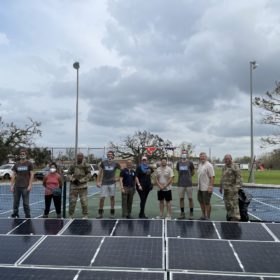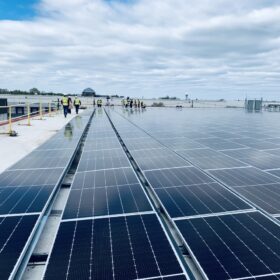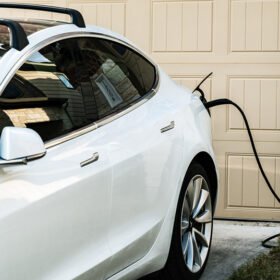Indoor transition metal dichalcogenide solar cells may reach 36.5% efficiency
New research from Stanford University has investigated the performance limits of transition metal dichalcogenide solar cells for indoor energy harvesting intended for powering internet of things (IoT) devices and sensors. The analysis showed these cells may reach a power conversion efficiency of up to 36.5%.
Eliminating tax credits would reduce solar and wind deployment by half, says Brattle
“A wide array of resources is needed” to meet growing electricity demand, including hundreds of gigawatts of solar and wind capacity that can be deployed quickly but would be reduced by half without tax credits, says a report prepared for ConservAmerica.
ElectricFish ultra-fast EV charging solution
The 350Squared plug-and-play power bank requires no trenching and includes AI-powered forecasting with a bi-directional electricity meter, and two ultra-fast charging ports.
Community solar up 42%, C&I up 18%, residential down 25%
Distributed solar fell 11% in 2024, dragged down by the residential segment, according to Ohm Analytics’s Q4-2024 report. However, signs of recovery emerged with a strong fourth quarter and increasing installation volumes throughout the year.
MIT-based startup launches solar construction robotic system
Charge Robotics partnered with Solv Energy to pilot a portable factory system intended to make solar installations safer and more efficient for increasingly challenging terrain.
Growing electricity demand creates urgent need for policy action, energy strategy
A report by American Clean Power Association calls for improved energy efficiency, an all-of-the-above strategy and rapid policy reform that will address interconnection and permitting delays.
Enhancing PV glazing prospects in solar architecture
To make it easier to adopt building integrated PV (BIPV) as a glazing material, a group within the IEA Photovoltaic Power Systems Programme (IEA-PVPS) has tackled the solar heat gain coefficient (SHGC) calculation for BIPV. It is part of IEA PVPS Task 15 international standardization efforts.
Titanium makes perovskite solar cells more durable
After finding a way to make spiro-OMeTAD, a popular perovskite solar cell hole transport layer, less prone to heat-induced crystallization, researchers at Georgia Institute of Technology are now seeking partners to scale the technology for large-area PV cells.
Tandem PV moves toward perovskite manufacturing with $50 million funding announcement
With a perovskite layer 200 times thinner than silicon and requiring just 10% of the energy needed to produce conventional panels, Tandem PV reports it will be able to reduce energy use during manufacturing.
UbiQD developing novel encapsulant technology for solar modules
The U.S.-based quantum dot (QD) materials company is developing polymer encapsulation materials that reportedly have the potential to provide a relative power boost of 16% when integrated into crystalline silicon PV devices.
